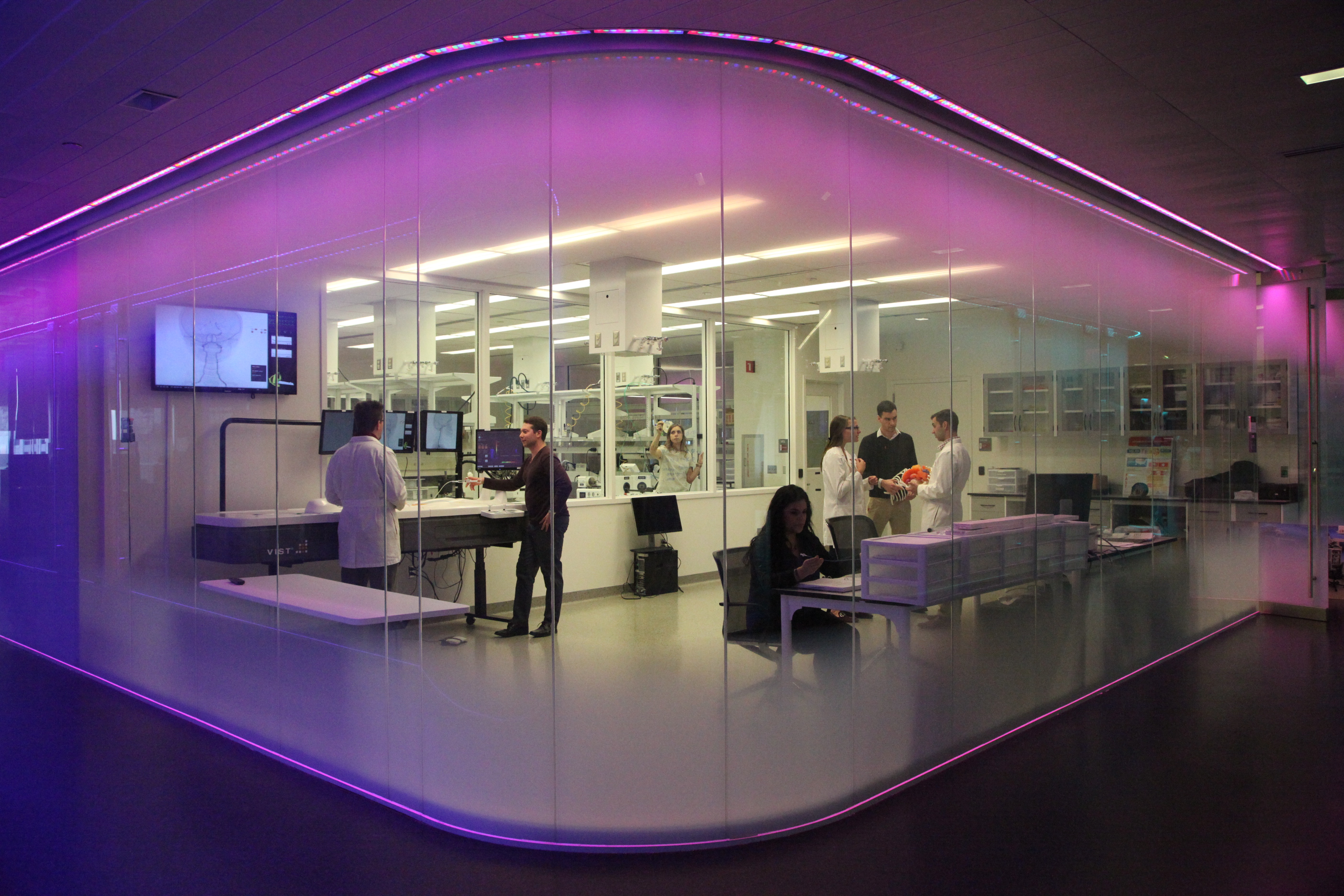By Allison Kupferman

When you think of Buffalo, do you think of ground-breaking ideas that would shake up the healthcare industry, the Food and Drug Administration, and medical school education? Do you think of self-driving ambulances, genetically-engineered babies, robotic surgery, and DNA regeneration when you think of medical technology in Western New York? You might not today, but these futuristic ideas may not be as far-fetched as you think. They were shared in The Future of Medicine book released by the Jacobs Institute (JI) in Buffalo, late last year.
The JI is a nonprofit medical device innovation center whose mission is to accelerate the development of next-generation technologies in vascular medicine through collaborations of physicians, engineers, entrepreneurs, and industry. It is located on the Buffalo Niagara Medical Campus in downtown Buffalo. The JI’s relationships with vascular clinicians, research academics, and powerhouses of the vascular medical device world, primed the JI and its board chairman, Jeremy M. Jacobs, to commission a glimpse into the next 25 years in medicine and healthcare.
JI’s chief medical officer, Adnan Siddiqui, MD, PhD, FACS, FANS, and chief scientific officer, L. Nelson Hopkins, MD, FACS, co-authored the introduction saying, “Western New York may seem an unlikely place to invent the future of medicine. But in fact, Western New York—and the many communities like us around the country—are where the real battle over the future will take place.”
Bill Maggio, CEO, emphasizes the JI’s role in laying the foundation for the road ahead and for Western New York. “Consider the diligent work that is underway on the medical campus to bring industry collaboration to our great community. The opportunity to expand this commitment to collaboration has never been better. Our goal is that this book will help sustain that potential and inspire new ideas in medicine and healthcare. It is our hope that Buffalo will become the go-to place for medical device innovation.”
The Future of Medicine is filled with possibilities, not predictions. Its underlying message is that society must allow itself to realize its full potential. This potential includes self-driving ambulances that pick patients up, perform on-board diagnostic imaging, send out lab work by drones, and communicate with hospital physicians via telemedicine. The future could mean more x-rays, imaging, and surgeries performed by computers and robots rather than humans, for improved accuracy and at a lower cost. We could finally tap the fountain of youth through DNA regeneration, which would prevent cells from dying over time and, perhaps, even stimulate growth. Finally, the future of fertility clinics could bring the ability to create babies from stem cells and eliminate the need for a male and a female to procreate. Clinics could even eliminate severe disease from embryos prior to implantation.
The possibilities laid out in The Future of Medicine are meant to spark a dialogue among physicians, medical schools, medical societies, government agencies, and everyday people to see how we can work together to realize our full potential.
The JI is in the process of developing follow-up activities that will continue the conversation. Learn more about The Future of Medicine at http://futureof.org/medicine-1-0/’.
Allison Kupferman is the Manager of Communications and Outreach at Jacobs Institute.











